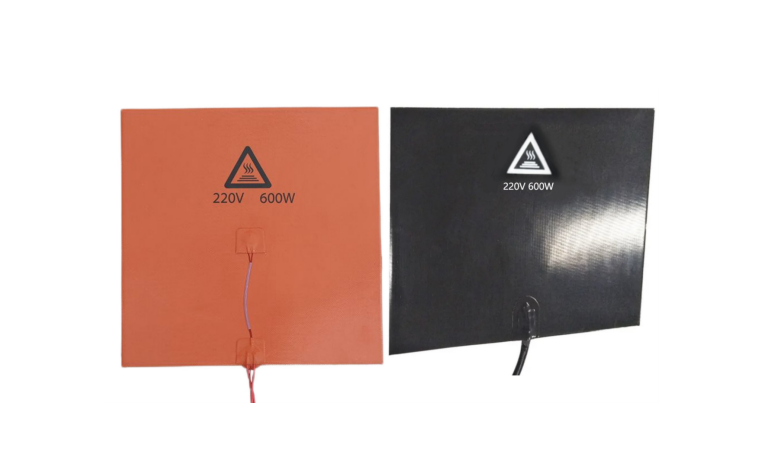
Does Your 3D Printer Need a Custom-Color Silicone Heater?
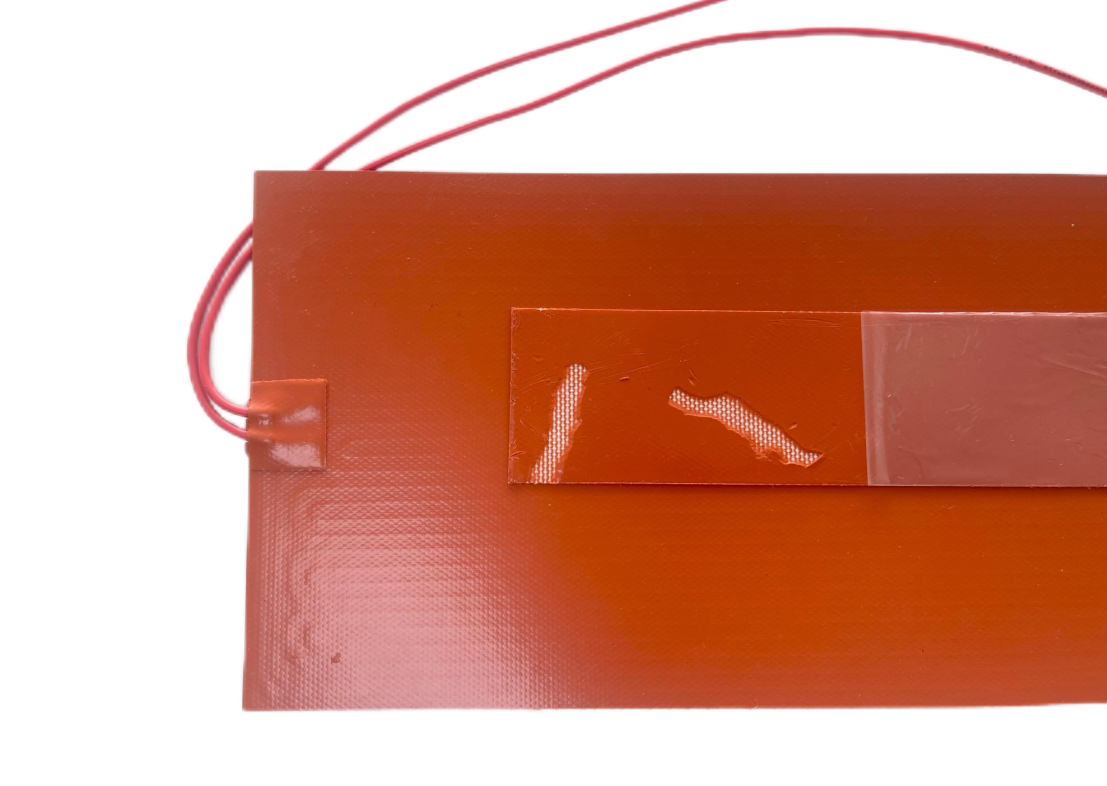
Do the Silicone Materials in Our Silicone Heaters Contain Fibers?
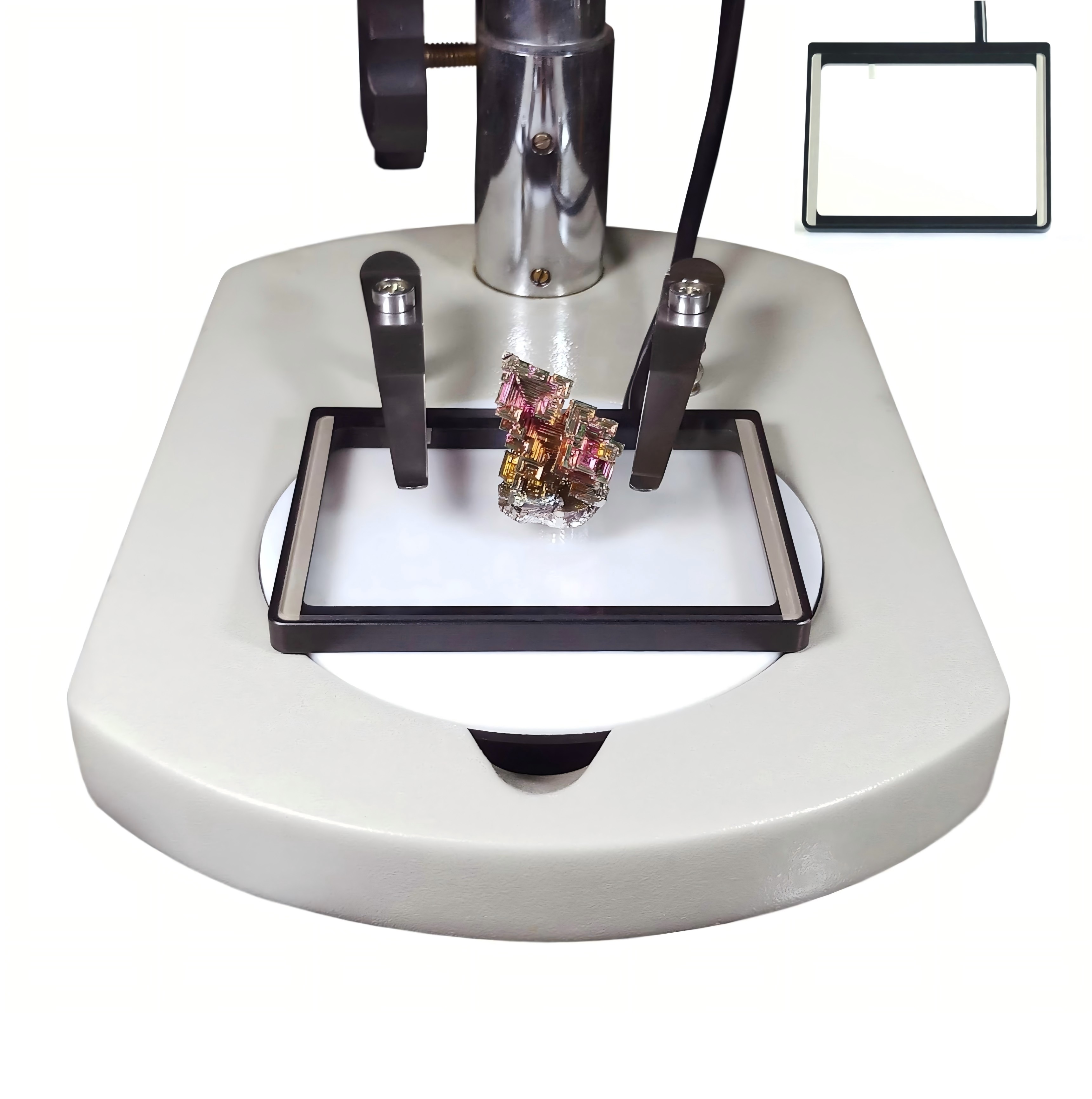
Understanding ITO Heater Thickness Impact on Resistance and Transparency
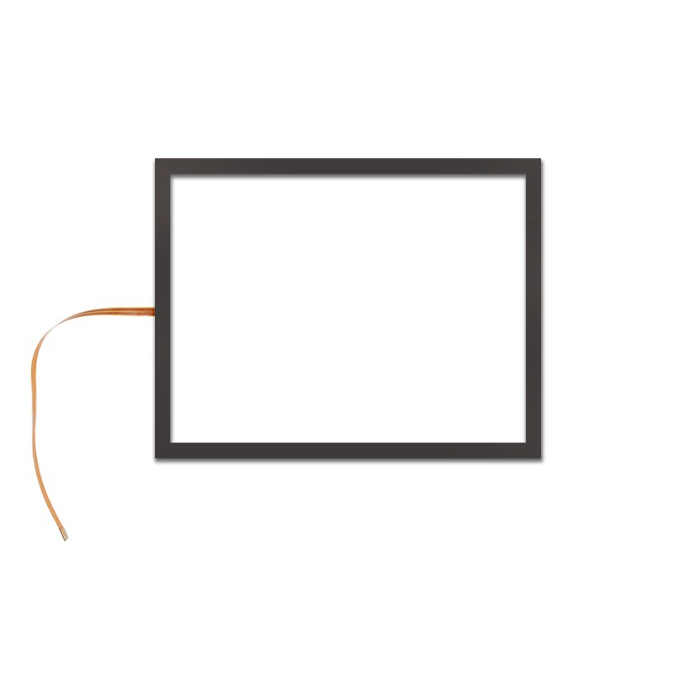
Transparent Heaters: Types, Sizes, Parameters, and Applications
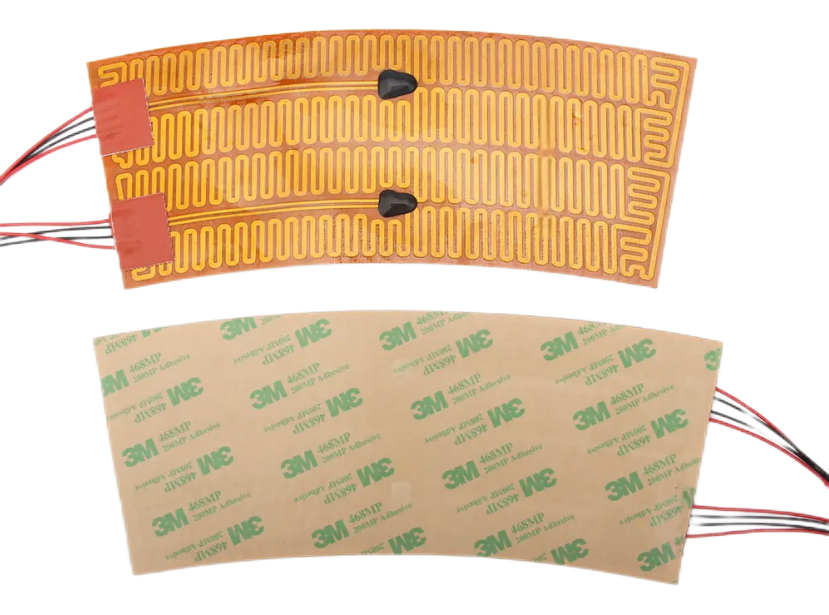
Polyimide Heater with PT100 Sensor for Precision Thermal Management
Polyimide heaters and flexible printed circuits (FPC) are two distinct electronic components, each designed to fulfill unique roles in electronics and thermal applications. While they may share some material similarities, such as the use of polyimide, their functionality, structure, and application areas are markedly different. This blog explores their differences across several dimensions, including functionality, structure, performance characteristics, manufacturing processes, and application areas.
The primary purpose of polyimide heaters is to convert electrical energy into heat. These heaters are designed to generate and maintain specific temperature levels to meet heating or thermal management requirements in various scenarios, such as warming, temperature stabilization, or frost prevention.
FPCs are primarily used to transmit electrical signals and connect circuits in electronic devices. They play a crucial role in compact, lightweight, and complex electronics, ensuring reliable communication between components. (FPC as below picture)
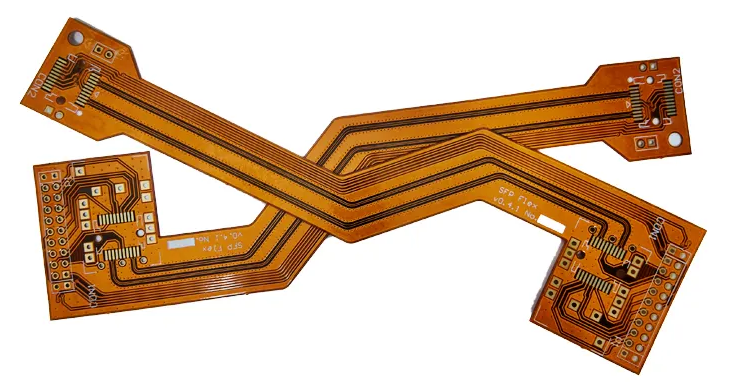
Polyimide heaters consist of:
· Insulating Layer: Polyimide film acts as the external insulator.
· Heating Element: Metallic alloy wires or foils serve as the core heating element.
· Temperature Sensors: Thermistors or temperature sensors for precise temperature monitoring.
· Connections: Positive and negative lead wires for power input.
· Additional Components: Includes fuses, temperature controls, and thermal cutoffs for safety and efficiency.
These layers are laminated under high temperature and pressure to form a thin, durable, and flexible heating element. (Polyimide heater as below picture)
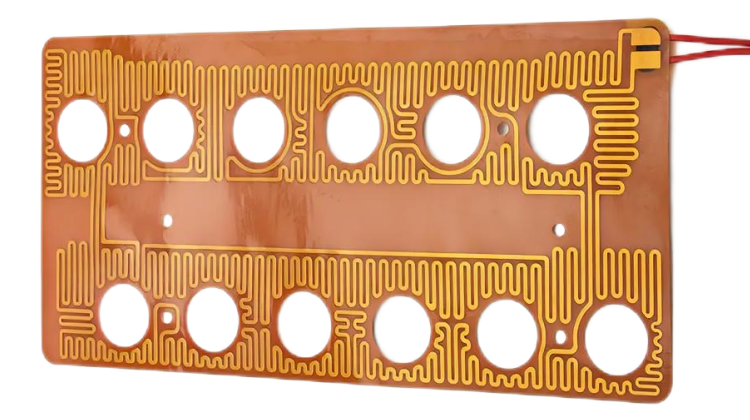
FPCs are composed of three core layers:
1. Insulating Layer: Made of high-temperature-resistant polyimide film, offering essential insulation and protection.
2. Conductive Layer: Comprising copper foil (usually annealed copper), which facilitates smooth electrical current flow. The copper thickness can be customized based on application needs.
3. Adhesive Layer: Epoxy resin binds the layers together, enhancing mechanical stability and flexibility.
This combination results in FPC's ability to bend, fold, and conform to complex geometries, while maintaining reliable electrical performance.
· High thermal efficiency and rapid heating.
· Uniform heat distribution across the surface.
· Quick temperature response for precise control.
· Flexibility and lightweight design for diverse applications.
· Customizability for varying shapes and sizes.
· High wiring density to support compact designs.
· Lightweight and ultra-thin, reducing device weight.
· Exceptional flexibility, enabling bending, folding, and 3D configurations.
· Excellent reliability in signal transmission.
· Compatibility with high-density, miniaturized, and complex electronic designs.
1. Design: Circuit layout tailored to client specifications.
2. Material Preparation: Cutting polyimide film and applying a dry film resist.
3. Etching: Exposing and etching the resist to create the heating element pattern.
4. Assembly: Laminating layers, cutting holes, and bonding components such as thermistors and lead wires.
5. Testing: Conducting resistance measurements and thermal performance testing to ensure quality.
1. Design and Layout: Preparing the circuit design and creating a photomask.
2. Copper Lamination: Adhering copper foil to the polyimide substrate using adhesive.
3. Etching: Removing excess copper to form the circuit pattern.
4. Drilling and Plating: Creating vias and applying copper plating for electrical interconnections.
5. Protective Coating: Applying coverlays or solder masks for insulation and durability.
· Home Heating: Underfloor heating systems, electric blankets, and heating pads.
· Industrial Heating: Equipment and mold heating in manufacturing processes.
· Agriculture: Temperature control in greenhouses and livestock environments.
· Medical Devices: Applications like thermal therapy devices and incubators.
· Consumer Electronics: Smartphones, tablets, laptops, and wearable devices.
· Automotive Electronics: Connecting sensors, displays, and control systems.
· Medical Equipment: Devices requiring compact and reliable circuit connections.
· Industrial Control Systems: Machinery with space-constrained designs.
While polyimide heaters and FPCs are both essential in modern technology, they serve vastly different purposes. Polyimide heaters excel in heat generation and thermal management, while FPCs provide unmatched flexibility and connectivity in complex electronic devices. Understanding their unique characteristics and applications ensures the selection of the right solution for specific technical needs.

We offer a wide variety of high-efficiency heaters and heating element.Such as polyimide/kapton heaters,silicone rubber heaters,PET transparent heaters, thick film heaters,PTC heaters, mica heaters,epoxy resin heaters and graphene heating film.